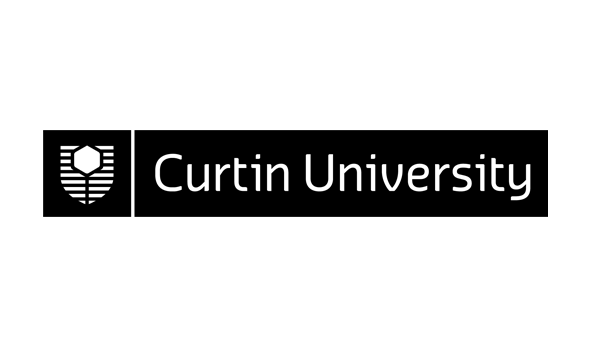1731 (v.8) Plant Protection 301
Area: |
Department of Environmental Biology | ||||||||||||||||||||||||
Credits: |
25.0 | ||||||||||||||||||||||||
Contact Hours: |
5.0 | ||||||||||||||||||||||||
| ** The tuition pattern below provides details of the types of classes and their duration. This is to be used as a guide only. For more precise information please check your unit outline. ** | |||||||||||||||||||||||||
Lecture: |
1 x 2 Hours Weekly | ||||||||||||||||||||||||
Laboratory: |
1 x 3 Hours Weekly | ||||||||||||||||||||||||
Prerequisite(s): |
1756 (v.7) Plant Biology 101 or any previous version OR 303226 (v.2) Horticulture Plant and Soil Resources 101 or any previous version OR 303231 (v.2) Horticultural Plant and Soil Systems 102 or any previous version |
||||||||||||||||||||||||
Syllabus: |
The course covers the major groups of insect pests, plant pathogens (fungi, viruses, nematodes and bacteria), and abiotic diseases. Students will learn how to recognise diseased plants and how to determine the cause of the disease. They will learn about how pathogens infect plants and how this knowledge can be used to minimise their effects. During the laboratory sessions they will examine a range of diseased plants and learn how to examine pathogens and pests. | ||||||||||||||||||||||||
| ** To ensure that the most up-to-date information about unit references, texts and outcomes appears, they will be provided in your unit outline prior to commencement. ** | |||||||||||||||||||||||||
Field of Education: | 010900 Biological Sciences (Narrow Grouping) | ||||||||||||||||||||||||
Funding Cluster: | 08 - Engineering, Science, Surveying | ||||||||||||||||||||||||
SOLT (Online) Definitions*: | Informational *Extent to which this unit or thesis utilises online information | ||||||||||||||||||||||||
Result Type: | Grade/Mark | ||||||||||||||||||||||||
Availability |
|||||||||||||||||||||||||
|
|||||||||||||||||||||||||

